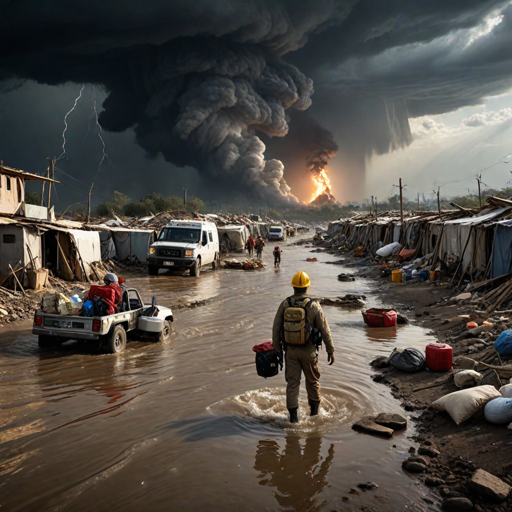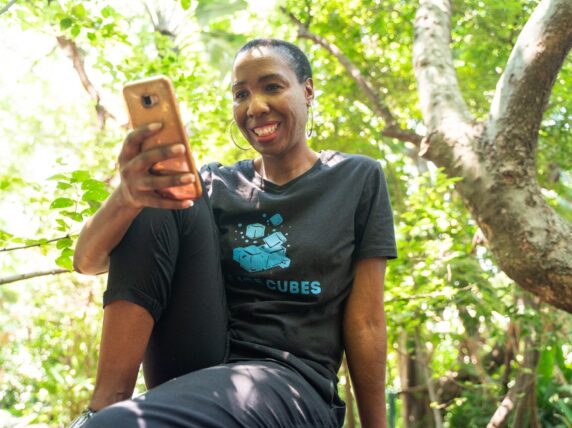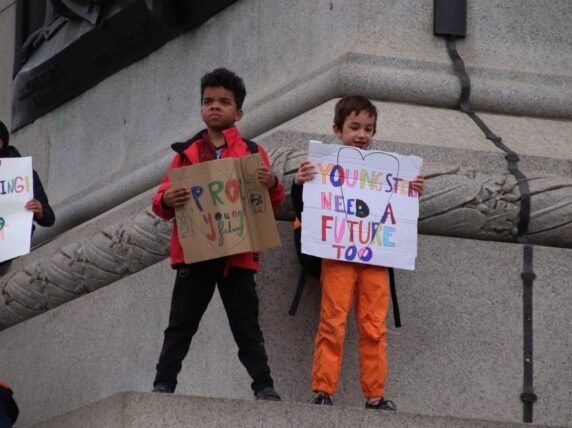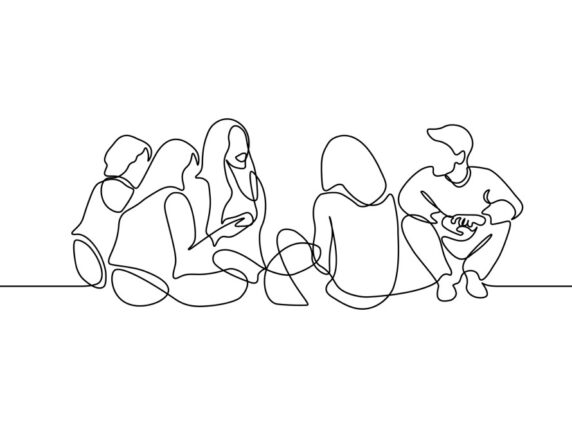Using AI for content creation – game-changer or overhyped?
Artificial intelligence (AI) has been a hot-button issue over the past year following a flurry of new programs such as ChatGPT and Adobe Firefly being brought to market.
As much scorn has been poured on the use of AI as a creative tool as praise has been given. Companies and organisations alike have salivated at what it can do for them, whereas creatives have argued that it is just a roundabout way of cutting them out of the process altogether. Several lawsuits are pending, arguing that it is a form of copyright infringement due to the way these generators work.
So far, I have found AI to be a useful tool in content creation for Bond. However, it’s important to remember that it is far from reliable. Here, I look at what AI generators are good for regarding content creation, and what to avoid.
Social media
You can argue that, through dwindling interest and questionable business practices, social media’s influence is on the wane. Despite this, it is still a key way to get your content to the right audience, but it can be time consuming. Can AI help?
The answer, as it will be for most of these issues, is yes and no. I put the prompt into ChatGPT to “produce 15 tweets for Bond NGO based on their latest events, blogs and resources.” Not only did these tweets not include any of our latest events, blogs and resources, one was advertising a conference we haven’t run for three years, and when I asked it to include links, it simply included a box saying [link] contained in all the same tweets.
Most unforgivable of all, every single tweet included an exclamation mark! This is something expressly forbidden by our style guide (unless in quote, of course).
However, I asked the same programme to rewrite a tweet to increase engagement and to make it be seen by more of our audience, and it did help, with increased traffic to the intended page compared to previous attempts.
Linkedin also now has a “rewrite using AI” feature on its platform. While I still tend to use my own text, it is useful to have another option, especially on days when your brain isn’t working, or when you have shared the same thing lots of times.
AI generators can help with optimum publishing times, latest algorithm changes and accurate hashtags. It’s worth a play, but do not rely on it for all your social.
Images and icons
With images, the issue of AI use is thorny, especially in the international and humanitarian sectors.
The People in the Pictures Working Group have provided much needed insight and guidance into the ethical dilemmas surrounding images, especially considering the questionable history of the sector in how they’ve portrayed people in need of humanitarian assistance in their content.
It is also worth noting that, even if you’re tempted to create a photo-realistic image, it is not yet truly realistic. Human beings are adept at spotting flaws in things that don’t look right. “It looks almost real” means it doesn’t look real, so moral quandary aside, it is best to avoid this type of image.

However, if you were to use AI for illustrative purposes then it can be useful. Most designer software now has AI functions, such as Adobe and Canva, and these can help map out plans or create holder images or simple icons and banners.
Despite this, my advice would still be to use a designer for larger pieces of work, as you will get exactly what you want, and it will be on brand. It is guaranteed to be better than what AI can come up with.
Producing blogs and other written content
As far as I am aware, we are yet to receive a blog submission written by AI. There is always something or other that needs tidying up. Spelling and grammar mistakes are human errors, after all.
Something that makes our blogs brilliant is the passion and knowledge from the author. Though we deal with some dry topics, the content is brought to life by proper lived experience. I love receiving a blog on a subject that I don’t fully understand and end up wanting to learn more about it.
This doesn’t come through with AI generated content. Yes, you won’t get spelling mistakes, but you won’t get lived experience either.
As an experiment, I put the prompt “Write a 700-word blog on the benefits of locally led development in terms of value for money and benefits to local communities for an audience of international development and humanitarian INGOs based in the UK” into ChatGPT.
The results are quite impressive (you can see for yourself here) It does capture our ideology regarding locally led development well, and its arguments in favour are pretty accurate.
Where it falls down is its tedious structure, lack of working examples and ignorance of lived experience. It is passable, for sure, and it would have been interesting, if a bit dishonest, to put it up to see if anyone noticed. But I suspect people would have, as it doesn’t sound like any of the authors I’ve edited over my years at Bond. It is a statement of facts without the character.
Should you create content in this way? No. But you can use AI in other ways.
Like with social media, you can get suggestions on structure, spell checks (make sure to differentiate between US and UK English) topic suggestions, sentence structuring and lots of other helpful prompts.
When it comes to using AI for your organisation’s content, I have the same conclusion as my colleague Jessica did when examining AI usage in media work. Yes, it can be helpful, but not reliable. Your best bet is still to trust your creative teams.
That is not to say you can’t have a play. But its capabilities have been a bit overhyped.
Category
News & ViewsThemes
Communications



